The Easiest Way to Color-Code Your Keys
It seems the older I go, the more keys I conduct around. Betwixt the machine, house, shed and garage, I take a whole pocket full of keys.
 Family Handyman
Family Handyman
Identify Your Keys at a Glance
"It seems the older I become, the more keys I carry around. Between the car, firm, shed and garage, I accept a whole pocket full of keys. To make it easier to apace find my virtually used keys, I paint both sides of the central caput with brightly colored nail shine. I utilise a different colour for each key. The nail smoothen is extremely durable and you'll be surprised how much longer it lasts than spray paint." —Joseph Grayson
Check out these other 14 Secret Tool Tips for DIYers from the Pros.
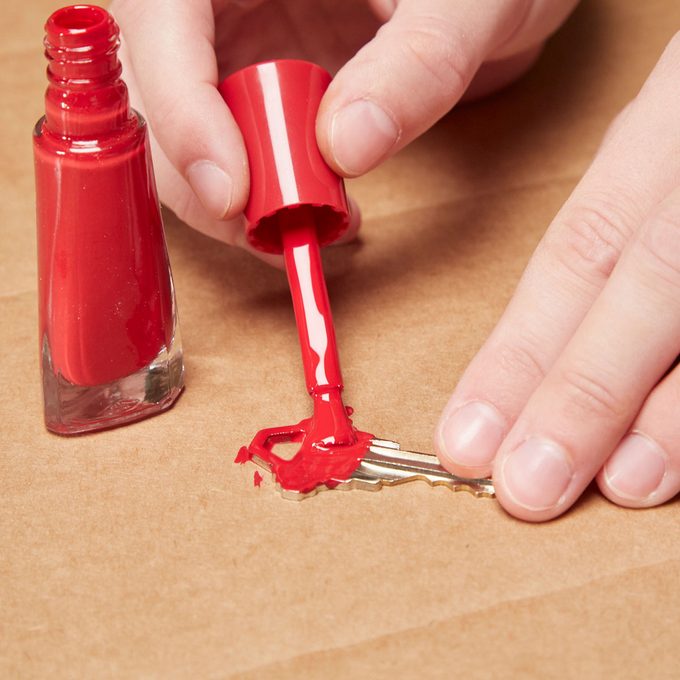 Family Handyman
Family Handyman
Ever wonder what that mysterious characteristic in your quondam abode was in one case used for? Notice out now:
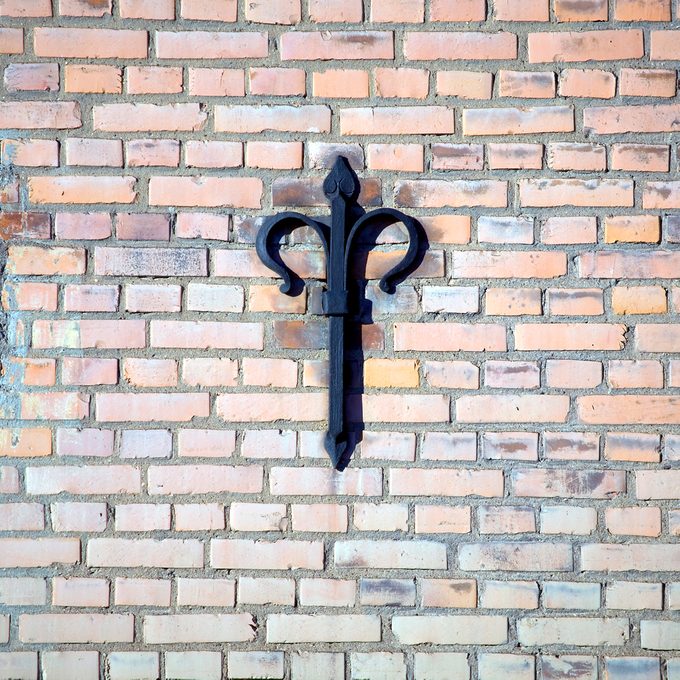 jfollby/Getty Images
jfollby/Getty Images
Metal Plates on Old Homes
These metal plates, which often are shaped every bit an "S", an "X" or a star, are called ballast plates (or wall anchors). They are often seen on the exterior of old bricks homes and are used to aid prevent walls from bowing outwards and collapsing.
Ice Door
Are yous puzzled past the funny little door in your home's pantry? This is an access door the ice delivery man used to employ. Homes had an area in the pantry or kitchen dedicated to the icebox. Access was created for this door on the exterior, allowing for the delivery of fresh ice to the house without coming inside.
Telephone Niche
Landline telephones used to exist an essential ways of communication, simply they weren't ever and then compact. Because of their large, heavy stature, they required quite a bit of space. Homes used to have niches in walls for this purpose. Today, however, they're a place to store things like mail or display a found.
Tiny Iron Door Leading to the Basement
While natural gas is the heating fuel of selection for many today, up until around 1940, most families heated their homes past burning coal. Coal delivery men traveled door-to-door to provide people the fuel they needed to ability their furnace. They shoveled coal through the modest door and downwards the chute into the basement. One time in the basement, homeowners could shovel the coal directly into the furnace. Today almost of these chutes have been sealed, though y'all will ofttimes nonetheless encounter the atomic number 26 doors on older homes. What was in one case a functional part of the business firm is now a swell conversation starter and history lesson.
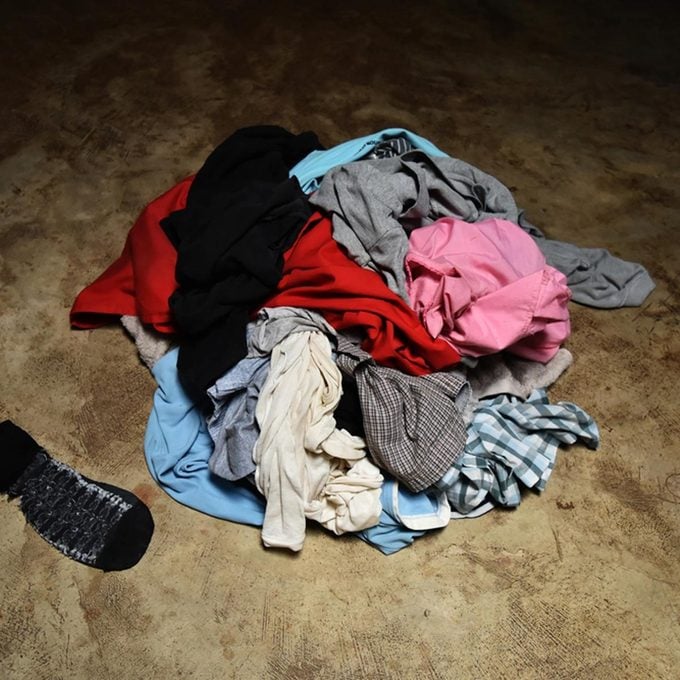 ToeyFatboy/Shutterstock
ToeyFatboy/Shutterstock
This 1 is Still Useful
Although technology has brought homeowners huge advantages in improving their homes, there's a lot of untapped wisdom in some of the sometime home features that have been phased out over time. Some of these inventions brought great use and quite a scrap of charm to a home, just there's one feature, in particular, that should render to homes considering it would save many people trips upwardly-and-down the staircase: Laundry chutes.
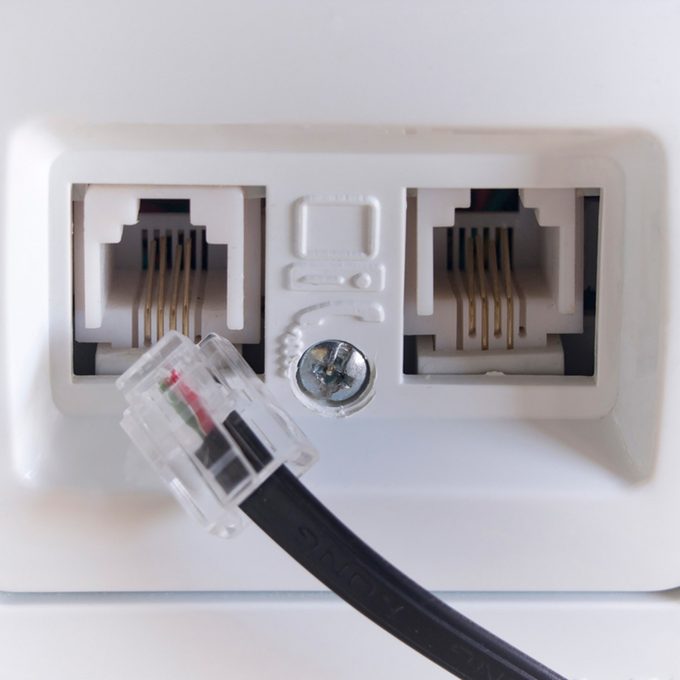 osonmez2/Shutterstock
osonmez2/Shutterstock
Landline Phone Jacks
Take a look around your dated apartment or dwelling. How many unused phone jacks are in that location in the walls? Once essential, today you'd be hard-pressed to find someone using all those phone jacks—thanks to the invention and advancement of jail cell phones! Ready to modernize?
Random Toilet in the Basement
Usually plant in pre-World War Two-era homes, this lone toilet looks entirely misplaced—non just because it'south in the basement, but because there is nil effectually it to make information technology feel like a proper, private bath! And while many don't even have a sink nearby, others are paired with a crude basement shower apparatus and large sink. Information technology's frequently referred to every bit the "Pittsburgh potty" for the abundance of them in that city. Fable has information technology that the historically industrial boondocks'south steelworkers and miners used them subsequently a long day of work. They'd enter their basements to make clean up before entering the main role of the firm, to avoid tracking in grime.
Knob and Tube Wiring
This early on standardized method of electrical wiring in buildings began around 1880 and lasted until the 1930s. The system consisted of single-insulated copper conductors run within wall or ceiling cavities. They passed through joist and stud drill-holes by mode of protective porcelain insulating tubes. For support along their length, porcelain knob insulators were nailed down. Knob and tube wiring was displaced from interior wiring systems every bit a result of the high cost of installation in comparing to ability cables.
A Bed in the Ceiling?
Different the famous Murphy bed, which folds into a cupboard or wall to salve floor space when not in utilise, the Sorlien ceiling bed is stowed in the ceiling! The Sorlien, the Spud bed's forgotten competitor, was patented in 1913. The bed was lowered from the ceiling via a crank, with subconscious weights in the wall working to counterbalance the bed. "Manual pulsate is concealed in the wall by means of a hinged door 15 past xvi-1/two inches ready affluent with the wall," co-ordinate to an advertising (from 1917) for the Sorlien bed. Folding legs on the lesser of the bed made sure sleepers enjoyed a properly grounded night'south rest. The bed was marketed as taking up no closet or wall space, with floor infinite used only when in service. "When not in apply, information technology may remain in the ceiling without collecting dust or getting the mattress and bed clothing disarranged," the ad reads. Of course, the ceiling bed only worked for houses with an "attic higher up."
Push button-Button Light Switch
Push-button low-cal switches emerged in the mid-19th century, but eventually gave way to the toggle switch. Issues with button-push button light switches are no cloak-and-dagger, including the buttons easily getting stuck in one position. How inconvenient!
Hoosier Cabinet
A Hoosier cabinet is a free-continuing kitchen cabinet that doubles as a workstation. These cabinets were mutual in the first few decades of the 20th century. They declined in popularity with the advent of built-in kitchen cabinetry and countertops.
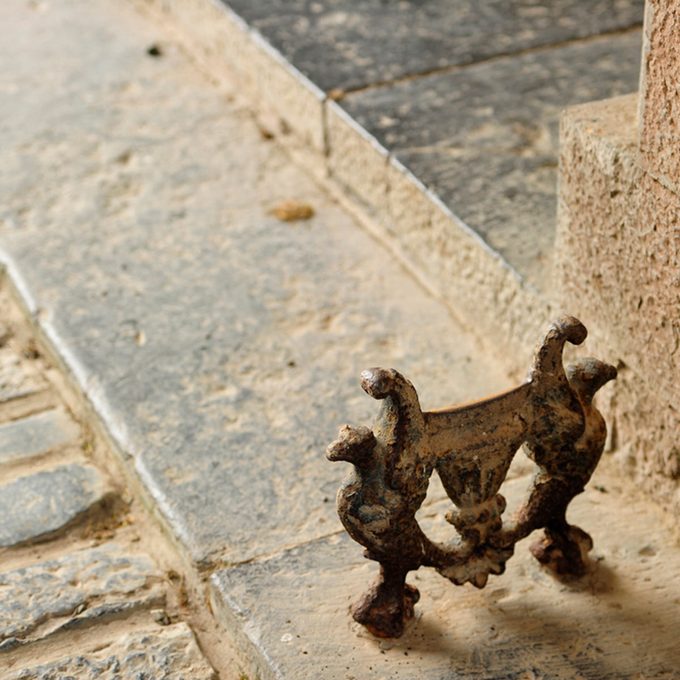 Lighttraveler/Shutterstock
Lighttraveler/Shutterstock
Boot Scraper
If you've ever walked up to someone's front door and seen a strange ground-level cast-iron contraption, information technology's a boot scraper! Known every bit a "decrottoir" in French, which refers to the need to remove excrement (yuck), boot scrapers popped up in the 18th and 19th centuries alongside the invention of walking paths. With modernism came less mud in the streets (equally well as less dog, human, horse and pig excrement), so the kick scraper declined in necessity and popularity.
 Imfoto/Shutterstock
Imfoto/Shutterstock
Root Cellar
Root cellars existed to store vegetables, fruits, basics and more for long periods of time. Some were simply an unfinished room in the basement while others were built into the basis a brusque distance from the house. Present-day food distribution systems and refrigeration have rendered root cellars unnecessary for most people. But if you lot take 1, y'all can certainly still put information technology to good utilise!
Razor Slit in Medicine Cabinet
Decades agone, medicine cabinets had a tiny slit to dispose of old razor blades. Where might those dingy razors go? Nowhere, actually. They only went into the wall. Out of sight, out of mind!
Dumbwaiter
Dumbwaiters were most often used to motion dishes and food when the kitchen and dining room were on different levels of the firm. If you have one in your one-time house, yous could use it as a clothes chute.
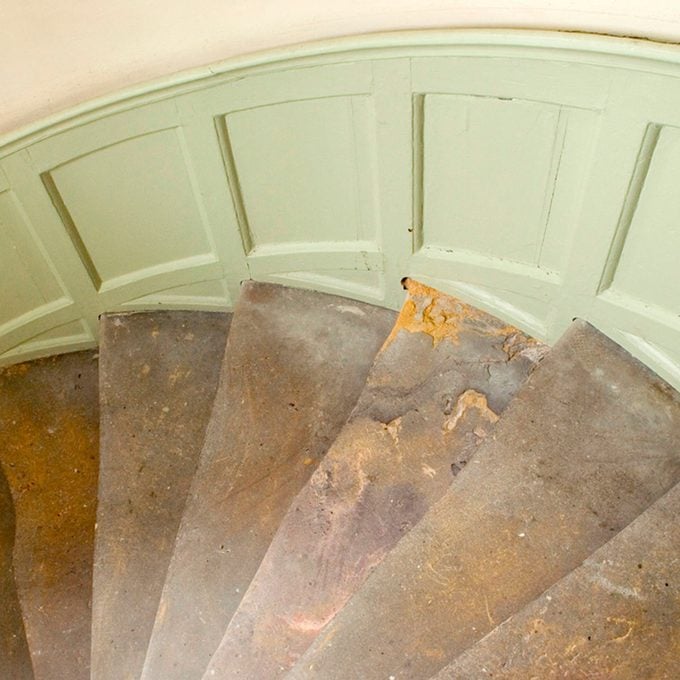 D Barton/Shutterstock
D Barton/Shutterstock
Servant Staircase
Does your old abode accept a strange staircase? In sometime mansions, household servants—and pre-Ceremonious State of war, mayhap slaves—were often directed to stay out of sight. The solution was a separate staircase in the back just for the servants to apply. This is why your kitchen or pantry might be accessible by two staircases.
Servant Flooring Button
Also known as a butler's call or ring, a servant floor push was situated in the middle of the flooring of the formal dining room. Information technology was used to summon the butler by stepping on it. Today, if an former firm has one, information technology'south likely subconscious beneath a rug under the table.
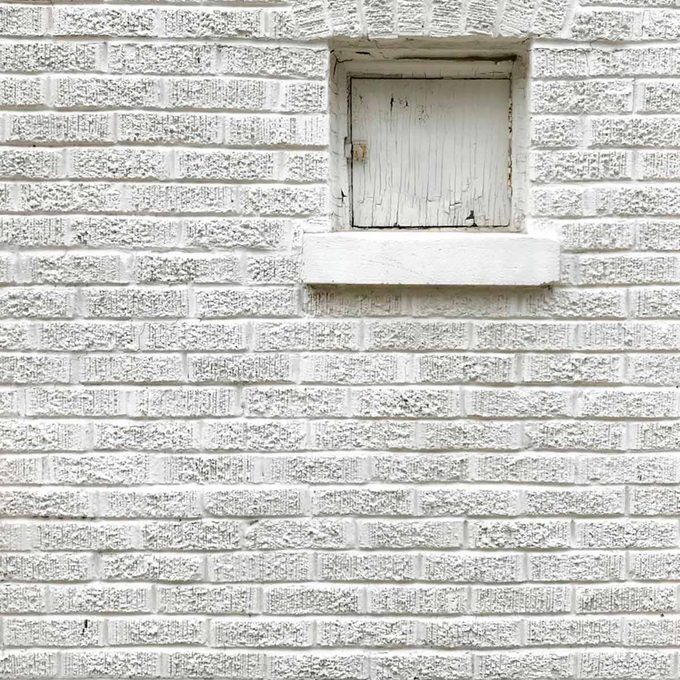 Wandering Introvert/Shutterstock
Wandering Introvert/Shutterstock
Milk Door
Y'all probably haven't had milk delivered to your door in a long time. Information technology used to exist common, with a milk door standard in many homes. The modest door was situated on the outside of the firm and was used by the milkman, to pick upwardly empty bottles and leave fresh ones.
 ColletteDesigns/Shutterstock
ColletteDesigns/Shutterstock
Transom Windows
Those panels of glass you'll still observe on old homes are called transom doors. Their master purpose was to let in natural light in the front hallways and interior rooms before electricity became the norm. Today, they still allow in natural light, but they're more aesthetic than functional. Who doesn't love natural light?
Picture Hanging Molding
Picture rails or motion-picture show hanging molding became common in the 1840s as a style to hang from a movable hook while non dissentious the wall surface. Past the 1940s, the picture rail was outdated, and the invisible claw standard. You can still purchase molding and install a picture track if you similar the look.
Source: https://www.familyhandyman.com/article/the-easiest-way-to-color-code-your-keys/
0 Response to "The Easiest Way to Color-Code Your Keys"
Post a Comment